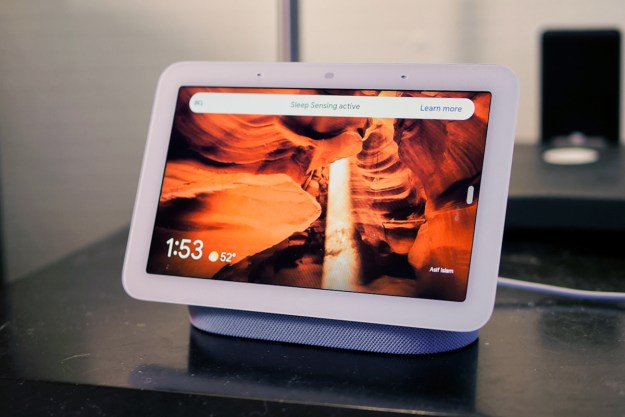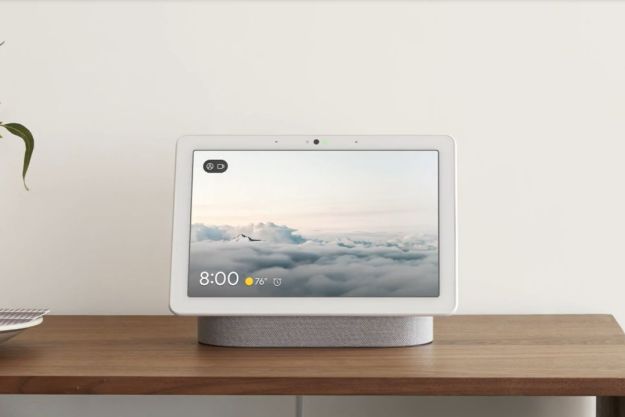There is a lot of talk about the nursery of the future, and most of it revolves around smart home tech. Alexa can sing lullabies in the middle of the night to keep the baby calm. Smart lights provide soft illumination so you don’t trip over a stray rattler. Smart cameras let you peek in without waking the baby. All of this technology has a place, but what about smart diapers?
Pampers is launching Lumi, a smart diaper that sends a push notification when your baby has a wet diaper. The system works thanks to a moisture strip built into the diaper and a reusable activity sensor. Parents attach the sensor to the exterior of the diaper. When the baby uses the diaper, the sensor alerts the Lumi app so parents can go and change it. One thing to keep in mind is that the sensor only monitors urine, but that a wet diaper — regardless of the source — might trip the sensor.
The Lumi smart diaper is part of a larger package that also includes a Logitech camera stuffed full of sensors. In addition to two-way audio and a wide-angle lens, the camera also tracks humidity and temperature inside the baby’s room. The information from the camera, combined with data from the moisture sensors, gives parents a broad view of their baby’s habits. It can also provide peace of mind to nervous, first-time parents who want to keep a close eye on their newborn but can’t always be in the room.
The Lumi diaper and its accompanying starter kit are expected to launch in the fall, although a more specific date has not yet been given. If the idea of a smart diaper (or just the idea of a comprehensive baby monitoring system) interests you, Pampers has a waitlist that interested parents can sign up for.
The Lumi diaper should work with children up to a year old. The starter kit is supposed to include two packs of diapers, with more available via subscription and in-store purchases. Though the price isn’t finalized, a report from Engadget says Pampers expects the diapers to be priced relatively close to the current lineup. Even if it’s a few dollars more, the price might be worth it, if only for the sake of a few less “sniff tests” in your life.
Editors' Recommendations
- Yale’s newest smart lock is designed for renters
- Home Depot’s Hubspace is a great way to start building your smart home
- Echo Hub vs. Echo Show 15: Which is the best smart home gadget?
- Do Arlo Essential cameras require the Arlo Smart Hub?
- Echo Show 8 vs. Echo Show 10: is the bigger device a better smart display?




